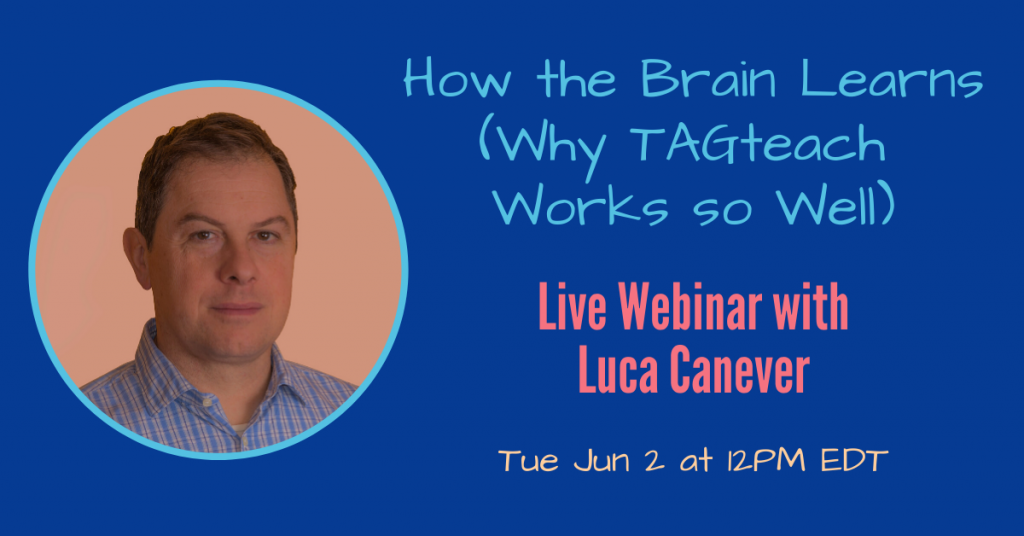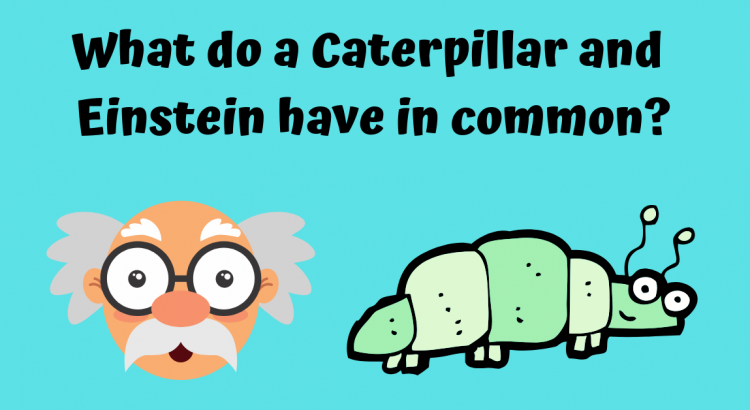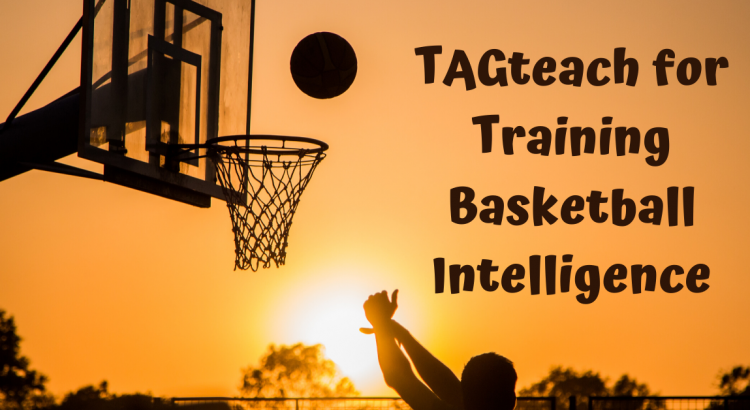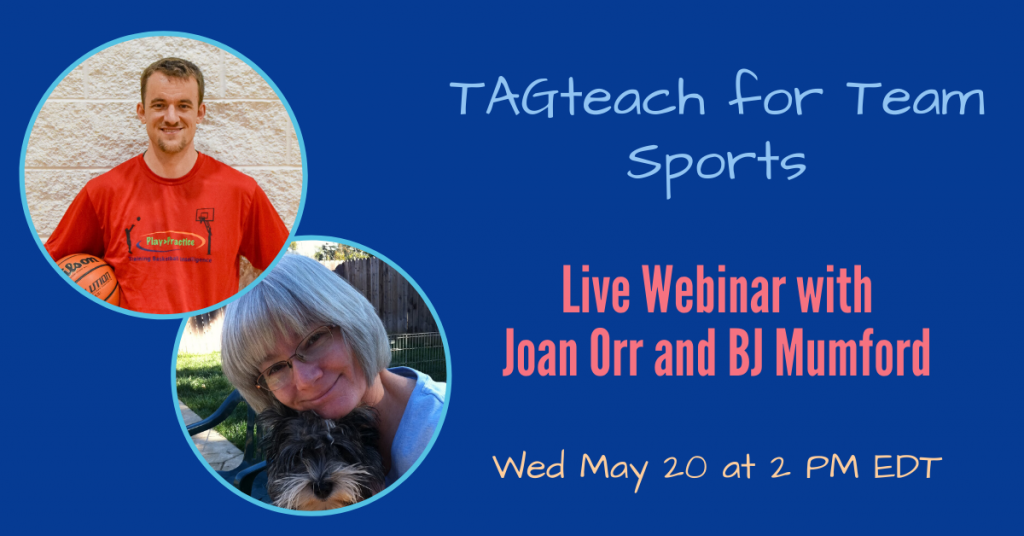Editor’s note: We are often asked why it is that TAGteach works so well and so fast, sometimes yielding behavior change or learning that seems magical. There is no magic involved, except that which goes on in our brains. TAGteach Faculty Member Luca Canever presented a fascinating webinar about how the brain learns and why TAGteach works so well.
By Luca Canever – TAGteach Faculty
The answer to the question in the title is this: They both learn the same way!
Working Memory and Cognitive Load
The TAGteach mantra “talk less, teach more”, seems counter-intuitive, but there is sound science behind this. The role of working memory is to catch things from environment to ensure our survival. We can think of the working memory like a window from which our consciousness looks at the world. Also the working memory creates the memories for the long term memory. If we overload the working memory with too much information it won’t be able to pass on the memories, and the learning will stop. Too much information it’s not good for the learning. TAGteach, indeed is.
Associative Learning: What a Caterpillar and Einstein Have in Common
Earth had 3 billion years of bacteria, before life discovered associative learning. Life had blossomed about 540 million years ago when the first multicellular organisms discovered associative learning. If you know (and you can remember) where you can find food, mating opportunities and where your predator is waiting for you, your survival chances will increase. Organisms have learned by association for millions of years, so the argument that TAGteachers sometimes hear from parents: “Don’t treat my child like a dog!” makes no sense. From the lowly caterpillar to the brilliant Albert Einstein, we all learn in the same way. What is different is the complexity in the brain. Recent findings indicate that our (human) brains are not brand new. On the contrary they use pieces and parts that already exist and adapt them to our new requirements.
Maps in the Brain – Why My Car is not Like Yours
In his book “Thinking fast and slow“, Daniel Kahneman says that each of us has his/her own, clear idea of what a car is. But if you ask two people to draw a car what you get is two different things. At the same time we can understand each other because we “share” the idea of “car” or “table”. We can develop a common language because my representations in my brain are similar to yours. The memories in the brain are not “single-folder” kind. Memories are maps in the brain with different pattern for everyone. TAGteach helps because application of the WOOF rules creates a crystal clear tag point that is clearly understood by both teacher and learner.
References
Cognitive Load:
MILLER (1956) – The magical number seven, plus or minus two: some limits on our capacity for processing information
COOPER (1998) – Research into cognitive load theory and instructional design
BINDER (2002) – Fluency achieving true master in the learning process
Associative Learning:
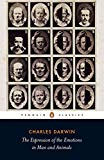
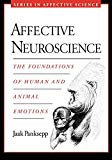
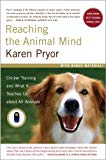
GINSBURG (2010) – The evolution of associative learning A factor in the Cambrian explosion
FIORILLO (2008) – Towards a General Theory of Neural Computation Based on Prediction by Single Neurons
About the 3D Grid in the brain
Maps in the Brain:
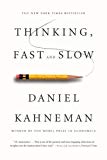
WINKIELMAN (2002) – The hedonic marking of processing fluency
REBER (2004) – Processing Fluency and Aesthetic Pleasure
MORE ABOUT TAGTEACH AND SCIENCE:http://www.tagteachitalia.com/scienza/
TAGteach Principles Applied in the Classroom:
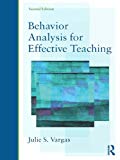
Webinar with Luca: How the Brain Learns
Learn more about the science behind how the brain learns in this webinar with Luca Canever.
